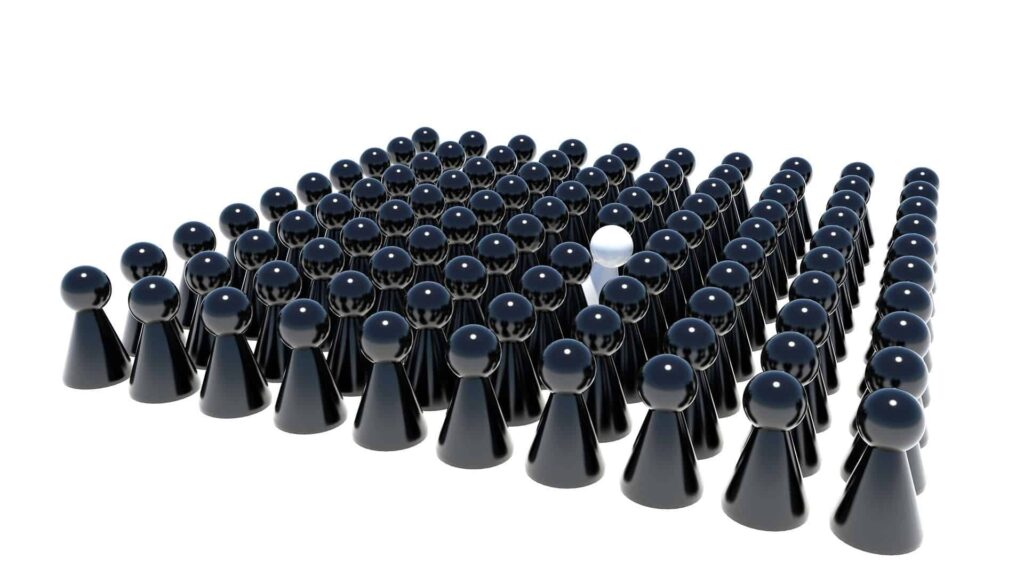I remember the first documentary that captivated me. It was the BBC’s Horizon strand around the late 90s. Each episode focused on a different topic of factual interest. Dinosaurs, homeopathy, the big questions of the universe. Each was framed as a kind of scientific murder mystery. TV clickbait, before clickbait was a thing.
Dr. Mancini: ‘And we processed the data and looked at the results and…it…it was incredible
VO: What Dr.Mancini and her team saw would shake the world of geology.
Other scientist (with a beard): ‘It was unbelievable’
Other scientist 2 (without a beard): ‘It changed everything we knew’
Dr Mancini: ‘It was a rock’
Ok, I’m paraphrasing (but only slightly). The point is that TV was the place for documentary fans. People like me who wanted their thrills and spills with a side of knowledge. But at some point, this changed. I started losing interest and I couldn’t put my finger on it. And then it hit me. The facts were being increasingly displaced by footage of time lapsed clouds. It didn’t seem to matter what the subject was. There were the time lapsed clouds. Or a wall of clocks sped up. Or a close-up of a jogger’s foot as they splashed through a puddle. All underpinning a VO that didn’t actual say much at all. I wanted to learn things. Not see a stock library’s showreel!
Now, that isn’t to say TV became a complete wasteland for factual content. The BBC’s Natural History unit continues to produce sublime shows that are informative and beautiful, and BBC 4 is a reliable source of niche programming. But the dilution of mainstream documentaries became so noticeable it turned into a playground for comedy. The demands of filling a precise 30 or 60 minute slot in a TV schedule and appealing to a broad audience with other distractions all too often meant that the educational element was replaced with spectacular padding.
However, all was not lost for the inquisitively minded. Unrestrained by the need to fill a rigid TV schedule, YouTube became the place for niche factual communication. Channels such as Veritasium, VSauce and Kurzgesagt have millions of followers enthralled by their intelligent, yet accessible approach to obscure scientific topics. This opportunity has also been embraced by more traditional institutions, with a well-serviced channel being a must for anyone involved in public engagement. English Heritage is a notable example achieving success with their Mrs.Crocombe Victorian food history strand where videos have achieved hundreds of thousands of views. And this is just within the typical factual space occupied by TV. YouTube, with its low barrier to entry has offered perhaps the most wide-ranging and easily accessible self-help resource in existence. Finding out how to complete a task was once a time intensive ordeal. Now millions of people can learn how to master endless skills at their convenience.
Recently however, YouTube has experienced increasing competition from a newer platform. The same qualities that made it a hotbed of creativity for factual engagement have been distilled even further with TikTok. Scientists, historians, ‘finfluencers’, home chefs and hobbyists have used the ultra-accessible platform to transmit their particular expertise to wide audiences. This highly authentic and snackable approach is a world away from the high budget prime time documentary strand, but the success of this subset within a platform more widely known for memes and viral dance trends show the insatiable hunger of audiences to be informed.
So, what do these observations have to do with the work of an agency? I have found myself supporting more and more clients with content needs. This is unsurprising as content, done well, can build a perception of trust and respect towards businesses that augments the awareness generated by traditional advertising. The consistent challenge of engaging audiences with content is one of saturation. Across audience profiles, scarcity of time and an overabundance of content options, even in niche fields, offer an ever-present battle for attention. How can you make a client’s audience engage with their content when there are dozens of competitors all trying to do the same thing?
In many ways, my response harks back to that early interest in facts, figures, and being informed. You want content that feels vital. That gives information that has value, and which already inquisitive people can receive as a takeaway of your brand’s insight. Knowledge as their gift in return for their time. Audiences can spot the filler of time lapsed clocks from a mile off. If you believe in the insight you are communicating and have expressed it with substance in the most appropriate channel then the building blocks for engagement are there. I work with my clients to find out what the most exciting angles are to what they do. This is an illuminating process as the client sees their day-to-day work transformed into compelling business stories.
And when it comes to channels, do not underestimate the snackable. In the B2B space, the temptation may be to put all energy into a sprawling white paper. While they are excellent from an expertise hygiene factor, to make them useful, they need to be broken down into compelling segments that are accessible for a time poor audience. Concise does not mean trivial. Different formats are your friend, each used to their unique strength to take the viewer along with the narrative. At AML we work with our clients to help navigate this process blending strategy, storytelling, and media insights. Whether it’s the big budget showstopper documentary of a corporate white paper, or the punchy content of social channels, keeping the robustness of the information being offered is crucial to translating interest into engagement, even for the most technical subjects. Because remember, even a humble rock can leave you on the edge of your seat.
“Concise does not mean trivial”
Marc Shalet,
Account Director at AML Group




